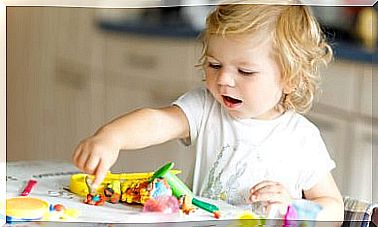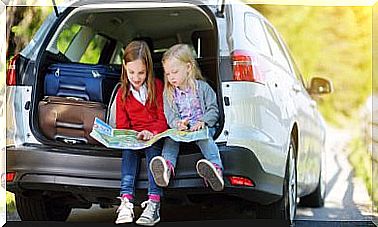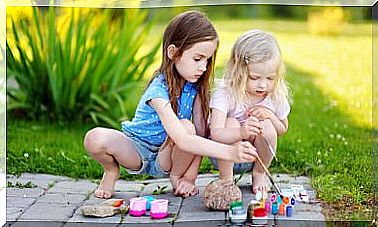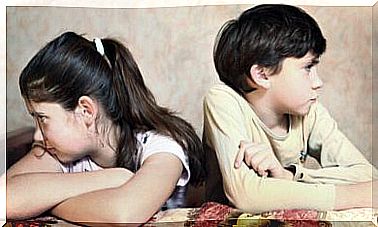Stories As A Tool To Learn Spelling

There are four basic linguistic skills that are essential to people’s lives and they are the first to be taught in the classroom: reading, writing, speaking, and listening. The arrival of new technologies has made the teaching methods of these skills change in an amazing way, making everything much easier and more dynamic for the little ones.
Focusing on spelling, there are tools such as children’s applications that can be of great help in this learning. However, other types of auxiliary materials, such as children’s books or stories, will also be a good tool for learning spelling.
Language learning
From the first year of Primary Education, the youngest begin to understand the meaning of grammar, as well as the morphology, syntax and spelling that it is necessary to know.
Repetition of exercises is one of the methods that have been used in the classroom so far. However, new, much more didactic proposals are currently being consolidated. Having a good base of spelling is essential for the subsequent learning and development of the other parts of the language, which is why, from the beginning, children should be introduced to it in a fun and easy way for them.
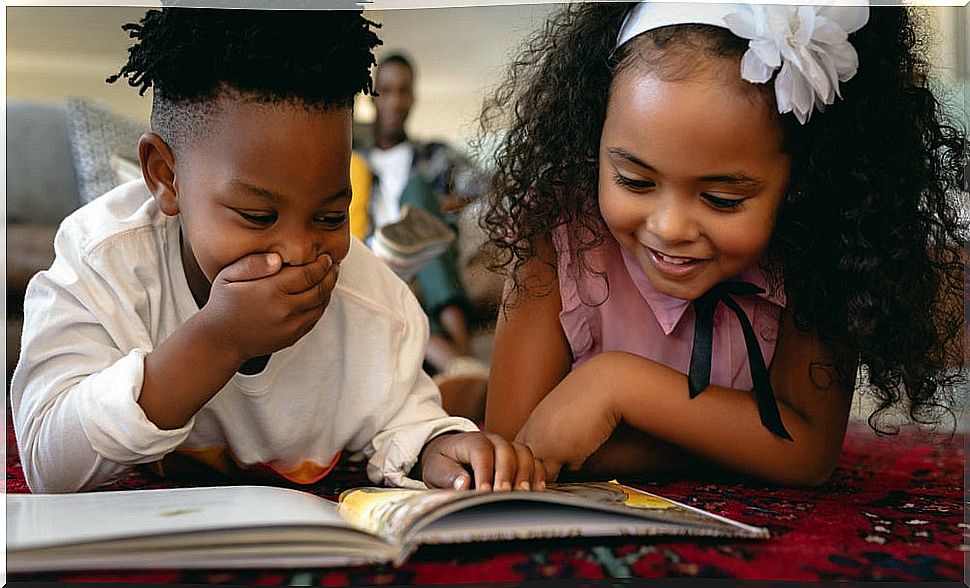
Therefore, below, we present a set of stories that will become the perfect ally to work on this section of the language, as well as related activities.
Stories as a tool to learn spelling
A collection of 12 books to learn spelling intended, mainly, for the first years of Primary Education. This set of stories is created, essentially, taking into account the most significant spelling difficulties that the vast majority of children in these classes have.
In the form of a suitcase to be able to transport them anywhere, the 12 stories are included in the same box, and all of them are written in italics to facilitate reading them independently by the little ones.
What do these titles work on?
As we have said before, each of them focuses on a difficulty that, in their case, many children have.
- The first of the titles mixes the learning of numbers with their correct form of writing through the following title: Why are numbers written with v and not with b?
- The second deals with the differences when writing words with the letter k and the letter q , and what each of these consonants are used for.
- The third will teach the children everything related to the letter g and its use together with the vowel u , as well as the use of the umlaut.
- The fourth title will teach you the difference between the words that are written with c and those that are written with z .
- The fifth, and perhaps one of the most complex for children along with some that we will see next, deals with the use of m before p and b.
- The sixth is titled as follows, Why is a single r written at the beginning of the word and not rr even though it sounds strong? .
- From the seventh onwards, the grammar explanations begin to be somewhat more complex to be able to use these books with different Primary courses.

Stories as a tool to learn spelling: later exercises
At the end of each book a series of reading comprehension exercises is proposed to reinforce the learning of what has been explained. The warm color letter illustrations also invite further learning and concentration.
As complementary activities, you can also use other stories that contain words that are complex for children and use them so that they create their own story. That is, once the book has been read and thus encouraging reading in the little ones, the adult must draw a series of complex words for the children.
The activity proposal will be as follows: with the relationship of words used, children will have to create their own story or story to promote, thus, other skills such as written expression, creation and imagination.
If you also want to work on oral expression with them, once they have created their own story, you can suggest that they tell it aloud. An easy, simple and fun way for them to learn spelling through stories.

